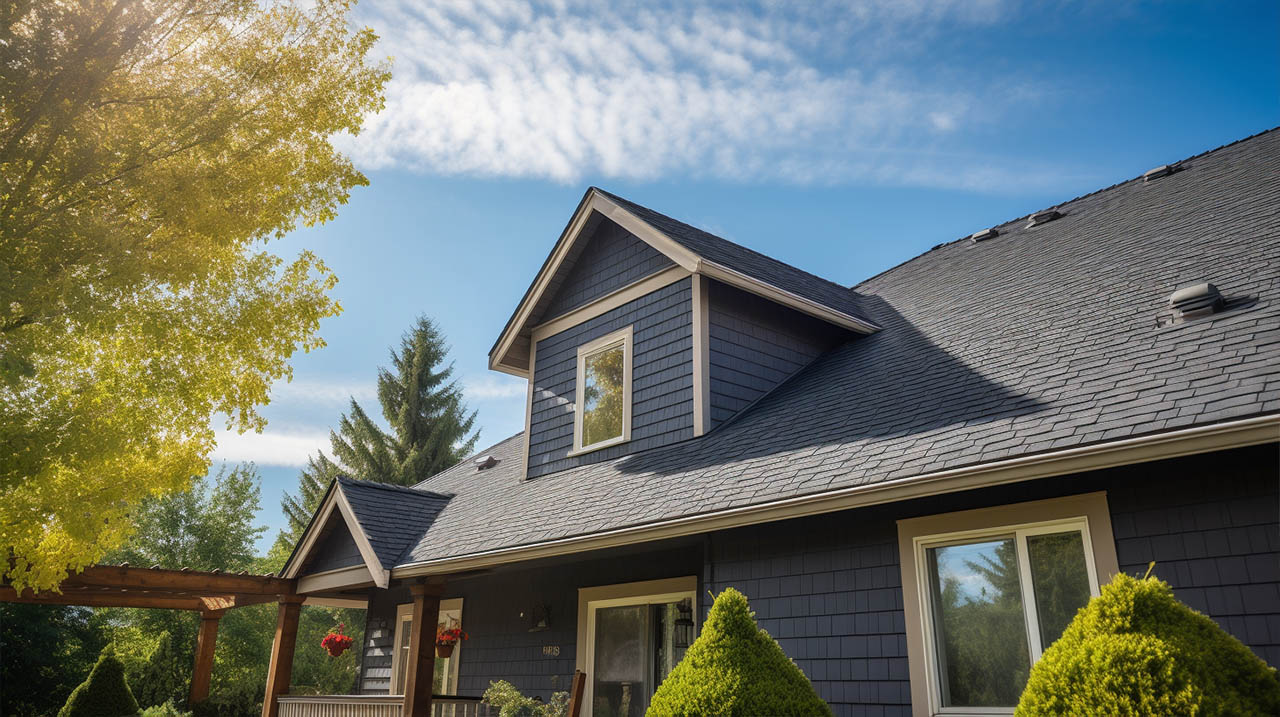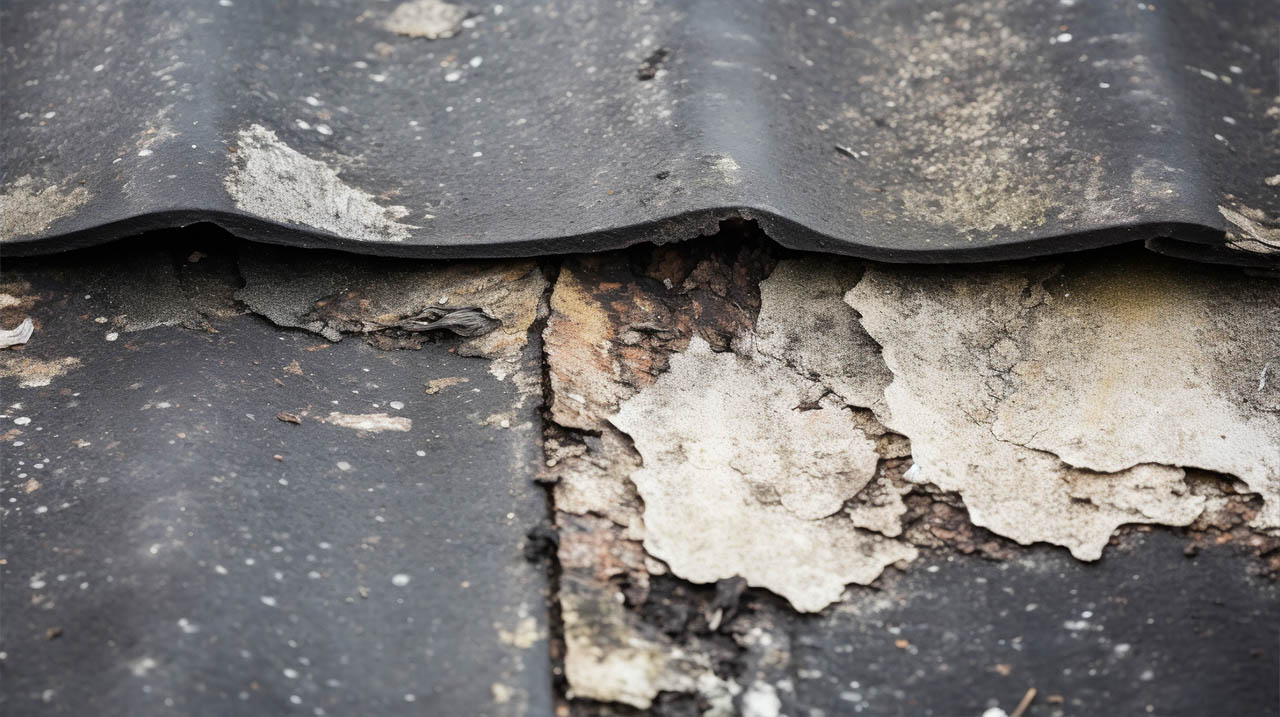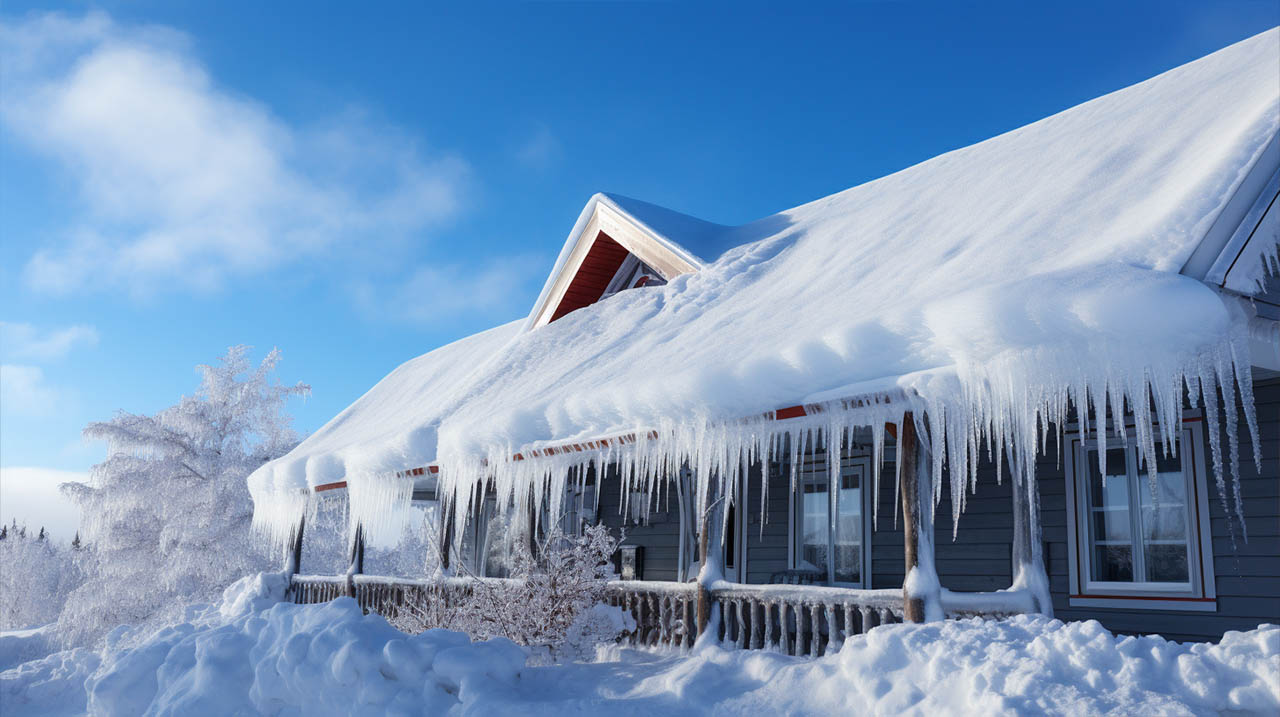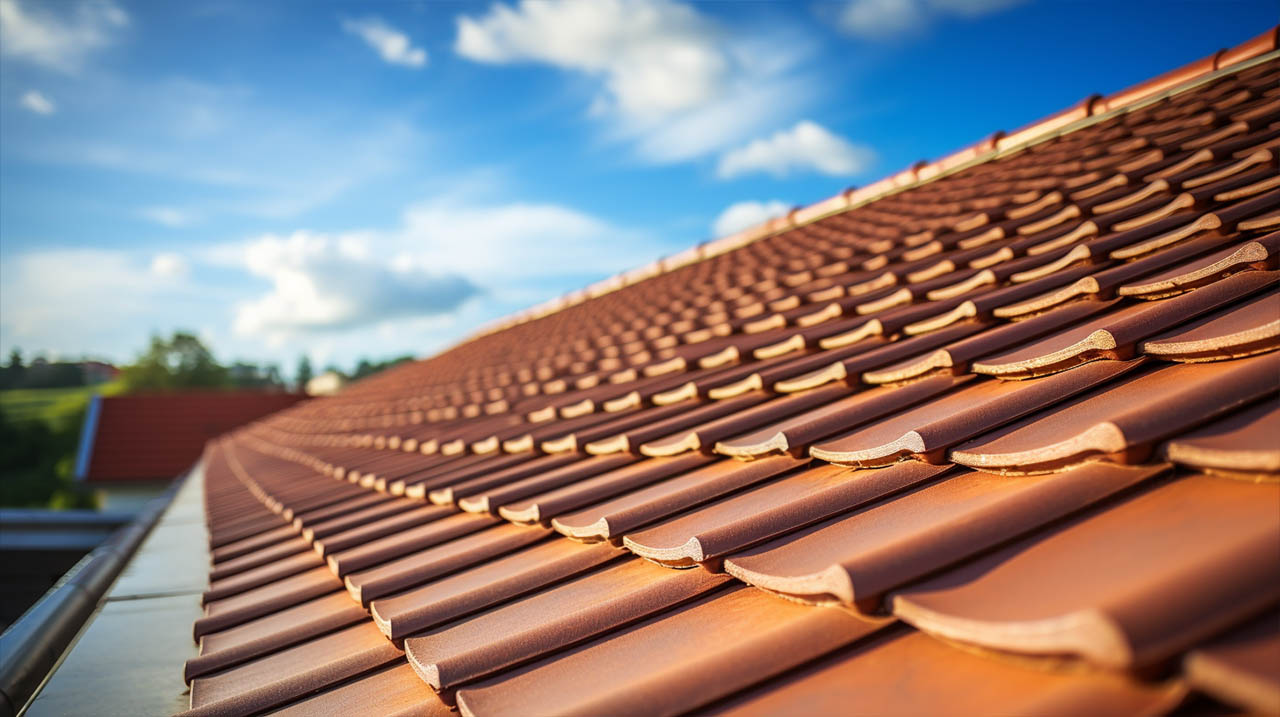A roof is one of those things that you don’t want to think about until it becomes a problem. And, when it comes to roofs, problems are often quite obvious (a leaky roof being the most common). However, sometimes the damage can be more subtle and harder to detect. Roof damage may not always be visible to the naked eye. Damage can be caused by many things, including insects and birds, hail, snow accumulation and more. These unseen damages can lead to leaks, mold and mildew and many other problems that are costly to repair.
This article will help you spot some of these hidden issues so that you can have your roof inspected as soon as possible.
Trees

Trees are a common source of damage to roofs.
Falling branches, fruit, and leaves can all cause damage to your roof and the structure that supports it.
Discoloration and streaks on your roof
If your roof has streaks or discoloration, it could indicate a problem with the shingles or moss and algae.
Shades of gray and brown are common colors for asphalt shingle roofs, but if you see bright colors like green or blue on your roof, it could mean that the material underneath is decaying. This can be due to algae growth or water penetration from leaks.
Weathering and aging
Roofs are exposed to the elements, which means they endure sunlight, wind, rain and snow.
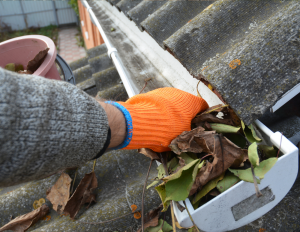 In addition to weathering due to these exposures, roofs are also susceptible to hail damage. When hail hits a roof at high speeds it can cause dents in your shingles or even break them completely off.
In addition to weathering due to these exposures, roofs are also susceptible to hail damage. When hail hits a roof at high speeds it can cause dents in your shingles or even break them completely off.
- Hail is common in many parts of the country where severe thunderstorms occur during spring and summer months, but you can find it anywhere there’s an abundance of ice crystals in clouds above you (such as those created by freezing rain).
- Wind can also cause damage, especially if the roof is poorly insulated or shingled. The wind will cause the roof to move and bend, which can loosen the nails that hold it in place. When this happens, water can leak through the cracks and seep into your home.
Wind can also blow debris and leaves onto the roof, causing them to wear and breakdown. The most common cause of wind-related damage is torn shingles or tiles, which can be caused by strong winds that blow off the roof.
Poor ventilation
Poor ventilation is one of the most common causes of roof damage, and it’s an issue that often goes unnoticed. It can occur on its own or be related to other factors. Poor ventilation can be caused by a number of issues. Poor construction, poor maintenance and weather conditions are all factors that can affect how well you can ventilate your roof. If there are trees near your home or business that block the airflow from reaching your attic, then this will decrease the amount of air flow through your attic space and cause moisture problems in the future.
If you want to prevent this from happening, then make sure you have proper ventilation systems in place before any damage occurs!
Missing or damaged shingles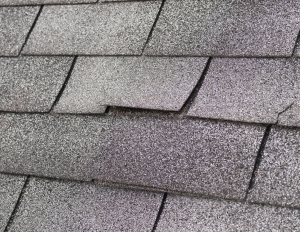
If there are missing or damaged shingles on your roof, it could be a sign of damage. Missing shingles can cause leaks and mold growth both inside and outside of your home. If you notice that any of your shingles are missing, it is important to take action quickly to prevent further damage.
To ensure that you don’t suffer from major water damage due to a damaged or leaking roofs, schedule an inspection with a professional as soon as possible.
Improper installation
This is a complex topic that requires a skilled professional to properly install your roof. A trained and licensed professional will know how to properly install all aspects of your roofing system, from the flashing around your chimney to the slope of your roof. If you plan on doing it yourself, please be aware that this is an extremely difficult task that can result in serious damage if done incorrectly.
Pests
There are three common pests that can damage your roof:
- Roof rats
- Roof mice
- Roof squirrels
Roof rats and mice are the most common. The difference between the two is that roof rats are larger than roof mice, but both can cause damage to insulation and wiring.
Wild animals
The first thing to do is to identify the animal in question. There are a variety of wild animals that can find their way into your attic, including mice, squirrels, raccoons and birds. Knowing which type of animal you’re dealing with will help guide how you proceed with treating the damage and preventing it from happening again.
For example: If you have rats or mice in your attic and they’ve chewed through insulation to make nests, then sealing all entry points on the outside of the structure will help prevent them from getting inside again after removing their current nests. On the other hand, if raccoons are nesting above and they’ve left droppings behind as evidence of their visits then applying anti-rodent chemicals around points of entry may be needed if sealing off those entrances isn’t feasible due to structural limitations (such as vent pipes).
Too much foot traffic on the roof
If you’re a business owner, you may not be aware of how much foot traffic your roof sees. It can be easy to take for granted how many people are walking on the top of your building each day, especially if it is a significant number and you have many employees.
It is important that you keep an eye out for any types of damage that could be caused by this heavy traffic. In most cases, this type of damage will be invisible from ground level so it’s important that you get up above the building and inspect things regularly.
The most common forms of unseen damage are cracks and dents in the roofing material itself as well as holes or tears that allow water into the interior portion of the structure.
If you’ve noticed any of these warning signs in your house, it’s best to get a professional inspection done as soon as possible. You may be able to save money by catching a problem early on and getting it repaired before it gets worse.
A-1 Roofing’s Kangaroof offers a comprehensive service and a fair price.
- Purchase a roof inspection for $200 along with a written report.
- Receive a $20,000 Guarantee when we do a roof replacement for you.
- Learn about our cost-effective Roofing Systems for your home.
Call us at 410-799-1600 today if you have any questions about your roof or need to schedule an inspection.


